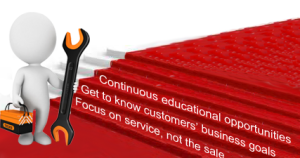 In the last blog post, we talked about the 2nd step in creating a Proactive Service® culture or focus for your field service team. The 3rd step is to provide them with continuous educational opportunities about your products and services. We often assume that our staff knows more about what we do as a company than they actually do. In fact, in many cases, our technicians’ lack of knowledge is actually holding us back and negatively impacting our bottom lines.
In the last blog post, we talked about the 2nd step in creating a Proactive Service® culture or focus for your field service team. The 3rd step is to provide them with continuous educational opportunities about your products and services. We often assume that our staff knows more about what we do as a company than they actually do. In fact, in many cases, our technicians’ lack of knowledge is actually holding us back and negatively impacting our bottom lines.
In our work with training technicians to be more proactive in business development activities, we ask them to list all of the products and services that their company offers. We usually get two, three and sometimes as many as four sheets of flip chart paper filled with products and services. We then ask them’ “How many of your customers know that you do all of these things?” “Very few, if any” is the usual answer.
We then ask the technicians, “How many of you know enough about all of the services and products that your company offers to have a high-level conversation with your customers about what you do?” Several, if not all of the technicians typically will indicate that they are not aware of all of the products or services offered. We then ask, “If you were more aware and were able to carry on that high-level conversation to explore if the customer could benefit from the product or service, do you think that you would be of more value to that customer?” The answer is invariably “Yes!” “So what are you prepared to do about it?” is our challenge.
Now we have had many discussions with both technicians and their managers about who is responsible for their learning about the capabilities of the company. Is it up to management to educate their technicians or should the technicians make it a point to educate themselves? Regardless of where you sit on this question, you will do your customers, technicians and yourselves a great service by taking the initiative in educating your technicians on your products and services.
Take every opportunity to educate your technicians about your products and services. Ensure they know the value of each one and how your customers will benefit. Help them understand what to look for to determine if there is an opportunity to help and encourage them to speak to your customers about these services when they think that they will benefit. Doing this will ensure your team knows the complete range of services you offer and give them more confidence to engage the customer. This will allow your technicians to offer a higher and more valued level of service. Your customers – and your technicians – will thank you.
I’d love your feedback! And as always, please feel free to leave a link back to your own blog if you have one via the commentluv feature here on the site. If you are reading this blog post via email, you will need to locate this post on my website by clicking here. Scroll down to the bottom of the page where you will find the comment section.
Jim
“An investment in knowledge pays the best interest”
– Benjamin Franklin

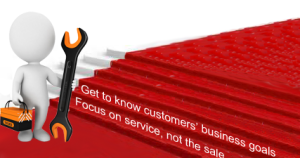 In the
In the 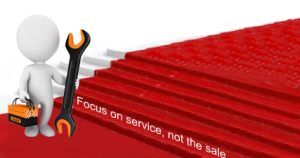 If you are interested in creating a proactive service® focus for your field service technicians, the first step is to focus on the service, not the sale. This is more than just semantics, it is a mindset that deals with the very heart of what we want our technicians to do.
If you are interested in creating a proactive service® focus for your field service technicians, the first step is to focus on the service, not the sale. This is more than just semantics, it is a mindset that deals with the very heart of what we want our technicians to do.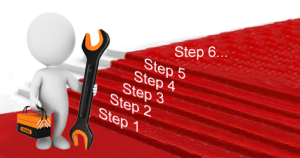 Creating a Proactive Service® culture throughout your service team is one of the most effective ways that a service company can grow their business and create a distinctive competitive advantage. By Proactive Service®, we mean a technical service team that is engaged not only in maintaining and fixing equipment to the highest levels, but in actively looking for ways that their firms can help their customer meet their own business goals. It is proactive because the technician takes the initiative to identify opportunities to help and proactively addresses these with the customer.
Creating a Proactive Service® culture throughout your service team is one of the most effective ways that a service company can grow their business and create a distinctive competitive advantage. By Proactive Service®, we mean a technical service team that is engaged not only in maintaining and fixing equipment to the highest levels, but in actively looking for ways that their firms can help their customer meet their own business goals. It is proactive because the technician takes the initiative to identify opportunities to help and proactively addresses these with the customer. 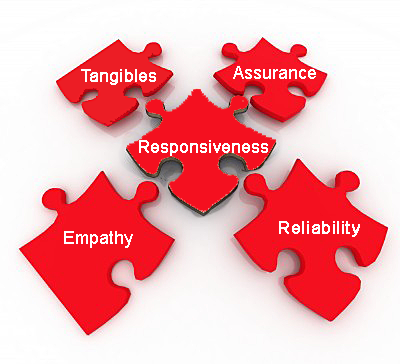 In this blog, we will consider what we can do to transform the service experience by demonstrating our responsiveness. Responsiveness shows our competence and this creates
In this blog, we will consider what we can do to transform the service experience by demonstrating our responsiveness. Responsiveness shows our competence and this creates  In my
In my 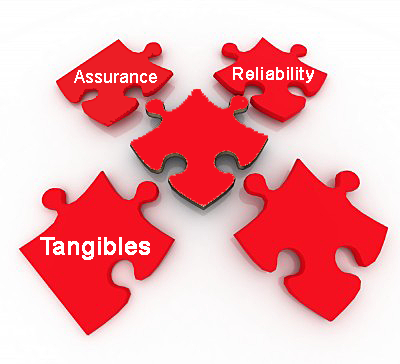 In my previous blog in this series, we discussed how to
In my previous blog in this series, we discussed how to 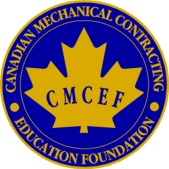 The next and final webinar in the CMCEF Webinar Series is called Maintaining the Service Experience and will take place on Tuesday, February 26th, 2013. On February 12th, 2013, I presented the second webinar in the Transforming the Service Experience series hosted by the Canadian Mechanical Contractors Education Foundation. The Webinar was called Creating the Service Experience. In the webinar, we considered the five key hurdles to successfully engaging our technicians in activities to transform the service experience resulting in more revenues and higher customer satisfaction and retention. The hurdles that can prevent our technicians from doing what we would like them to do are:
The next and final webinar in the CMCEF Webinar Series is called Maintaining the Service Experience and will take place on Tuesday, February 26th, 2013. On February 12th, 2013, I presented the second webinar in the Transforming the Service Experience series hosted by the Canadian Mechanical Contractors Education Foundation. The Webinar was called Creating the Service Experience. In the webinar, we considered the five key hurdles to successfully engaging our technicians in activities to transform the service experience resulting in more revenues and higher customer satisfaction and retention. The hurdles that can prevent our technicians from doing what we would like them to do are: In the last blog post, we discussed
In the last blog post, we discussed 

